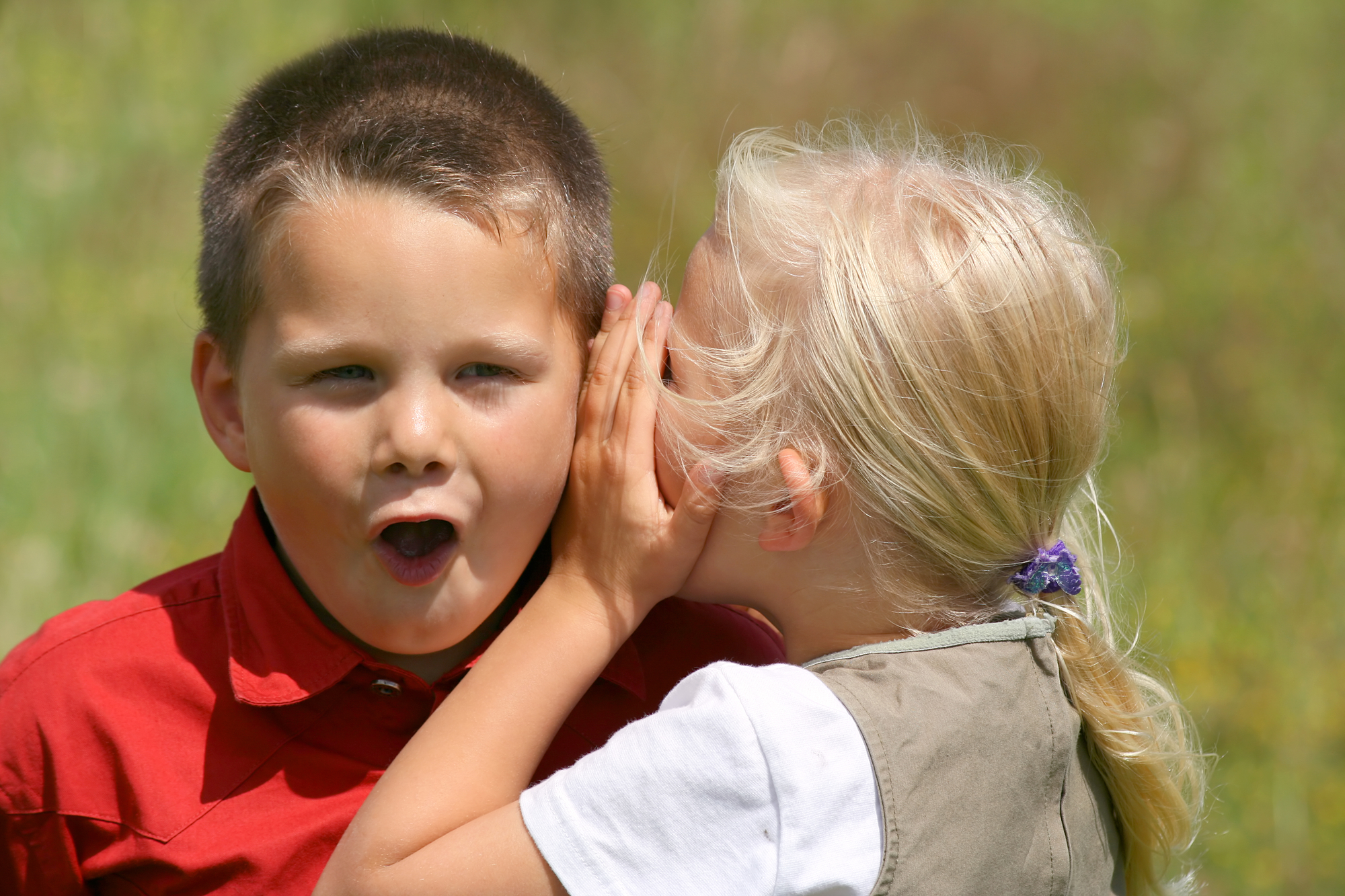
by Sandra Paolini | Jan 5, 2022 | Communication
Transforming Communication
Too often, our words and nonverbal language are a blend of mixed messages that don’t match our true intention. Similarly, rather than listening, we can get tangled in our own thoughts and strategies for getting others to do or see things our way. Although, these are actually self-protective tactics, they pull us away from heartfelt communication and serve to distract us from our deeper feelings and unmet needs.
Mixed messages are unconscious
In our defense, these strategies are pretty much unconscious and are generally the consequence of internalized patterns acquired from family, culture, environment and experience. For example, if the expression of our childhood feelings has been met with ridicule, belittlement, anger, indifference or the like, we learn to suppress these feelings to protect ourselves from being negatively received by our caregivers. In time, we may have achieved so much distance from our own feeling state, that we are no longer very good at matching words, feelings and actions.
Mixed messages are protective
In a paradoxical way, these patterns protect us from having to go to the places that expose deeper feelings, but they also unintentionally limit authentic communication. In fact, how often have you covered up a feeling of fear or sadness by acting in the opposite way, or by taking the offensive?
Through time, these unresourceful learned patterns become the knee jerk reaction that begins to define our interactions, relationships and personality. Altering this takes a lot of work, as you might imagine; but doing the work has the power to transform your way of “being in connection” at the core.
Qualities of effective communication
Being an effective communicator is essentially about saying what you mean, in a way that is clear, congruent and compassionate, as well as doing what you say with consistency, appropriateness and accountability. These qualities, which are the basis of connection and relationship, can be nourished through deep listening and the willingness to recognize the meaning and unmet needs beyond the spoken word.
Skillful communication thus combines the artful use of language, both verbal and nonverbal, with an empathic stance that focuses on building rapport, rather then winning an argument. Although we are not born with these skills, they are learnable. All it takes is a willingness to recognize and explore where you’re stuck in unproductive patterns, along with the commitment to practice acceptance, compassion, presence and truthfulness.
How therapy can help
Therapy helps you slow down and recognize your habitual responses and take a closer look at what’s happening behind the scenes. In a safe supportive environment, you have an opportunity to deconstruct the language you use and take a look at the specific strategies that define your communication patterns.
Seeing how thoughts, internal knots and unsettling feelings give rise to speech is the first step in unraveling this process and contacting the deeper needs, which have long gone unmentioned and unmet. Learning and practicing complementary skills then helps you verbalize these needs and feelings in a way others can hear, as well as helping you listen for the intention and meaning behind others’ words and gestures.
It is said that having language sets us apart from other sentient beings, but more than that, learning to use language in an authentic and heartfelt way, opens the doors to our true humanity and interconnectedness.

by Sandra Paolini | Jan 28, 2016 | Communication
Too often, our words and nonverbal language are a blend of mixed messages that don’t match our true intention. Similarly, rather than listening, we can get tangled in our own thoughts and strategies for getting others to do or see things our way.
Although, these are actually self-protective tactics, they pull us away from heartfelt communication and serve to distract us from our deeper feelings and unmet needs.
In our defense, these strategies are pretty much unconscious and are generally the consequence of internalized patterns acquired from family, culture, environment and experience.
For example, if the expression of our childhood feelings had been met with ridicule, belittlement, anger, indifference or the like, we may have been left feeling hurt, scared or confused. We then learn to suppress or override these feelings to protect ourselves and get some control . In time, we may have achieved so much distance from our own feeling state, that we are no longer very good at matching words, feelings and actions.
Mixed messages are protective
In a paradoxical way, these patterns protect us from having to go to the places that expose deeper feelings, but they also unintentionally limit authentic communication.
In fact, how often have you covered up a feeling of fear or sadness by acting in the opposite way or by taking the offensive? Through time, these unresourceful learned patterns become the knee jerk reaction that begins to define your interactions, relationships and even personality.
Altering this takes a lot of work, as you might imagine; but doing the work has the power to transform your way of “being in connection” at the core.
Qualities of effective communication…
Being an effective communicator is essentially about saying what you mean, in a way that is clear, congruent and compassionate, as well as doing what you say with consistency, appropriateness and accountability.
These qualities, which are the basis of connection and relationship, can be nourished through deep listening and the willingness to recognize the meaning and unmet needs beyond the spoken word.
Skillful communication thus combines the artful use of language, both verbal and nonverbal, with an empathic stance that focuses on building rapport, rather then winning an argument.
Although we are not born with these skills, they are learnable. All it takes is a willingness to recognize and explore where you’re stuck in unproductive patterns, along with the commitment to practice acceptance, compassion, presence and truthfulness.
How coaching can help…
Coaching helps you slow down and recognize your habitual responses and take a closer look at what’s happening behind the scenes.
In a supportive environment, you have an opportunity to deconstruct the language you use and take a look at the specific strategies that define your communication patterns.
Seeing how thoughts, internal knots and unsettling feelings give rise to speech is the first step in unraveling this process and contacting the deeper needs, which have long gone unmentioned and unmet.
Learning and practicing complementary skills then helps you verbalize these needs and feelings in a way others can hear, as well as helping you listen for the intention and meaning behind others’ words and gestures.
It is said that having language sets us apart from other sentient beings, but more than that, learning to use language in an authentic and heartfelt way, opens the doors to our true humanity and interconnectedness.


